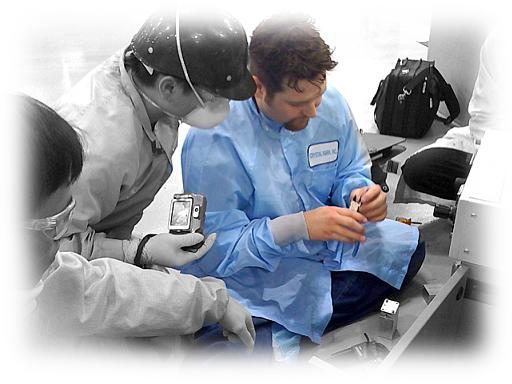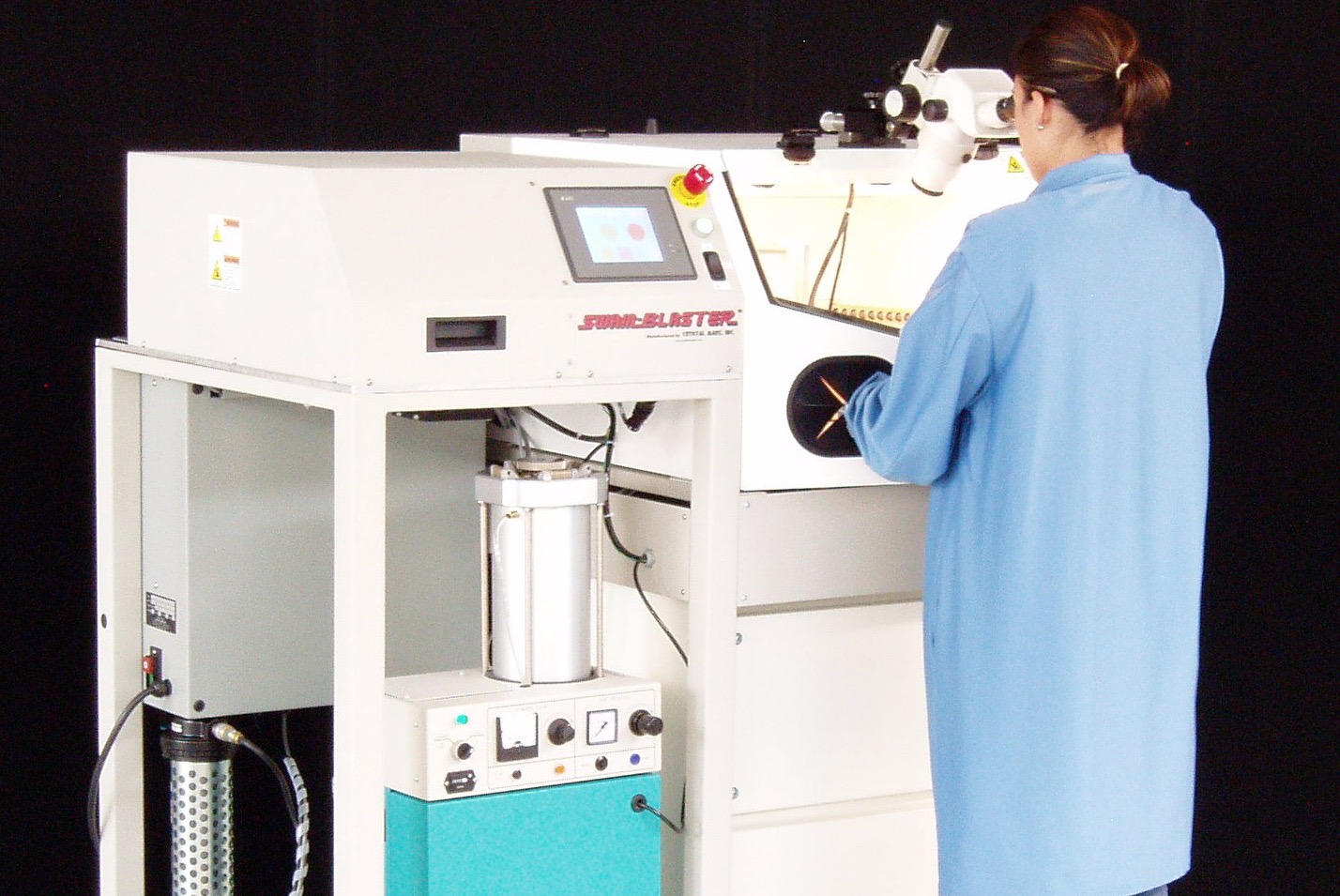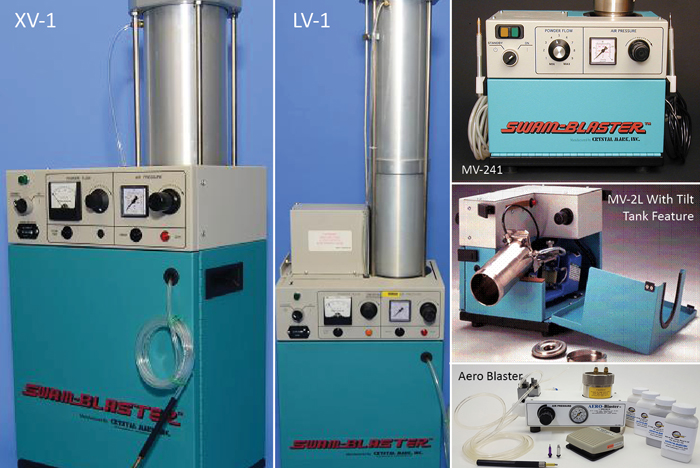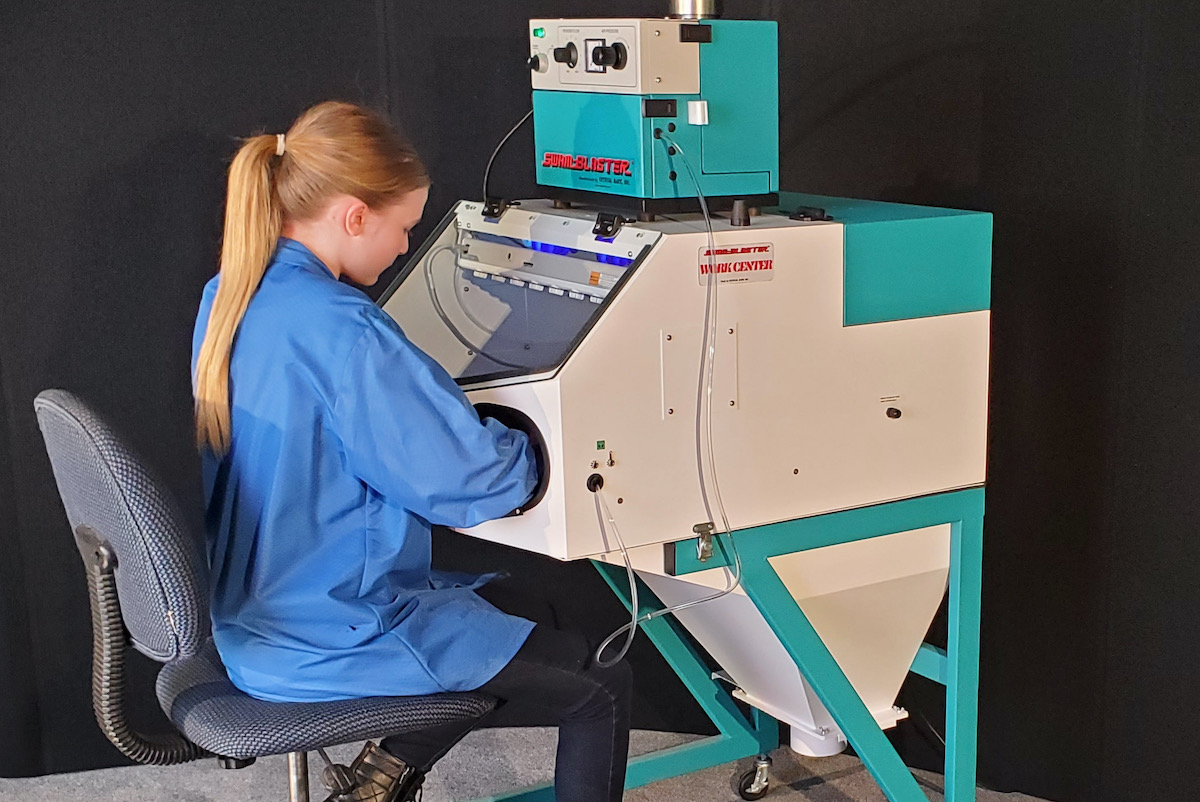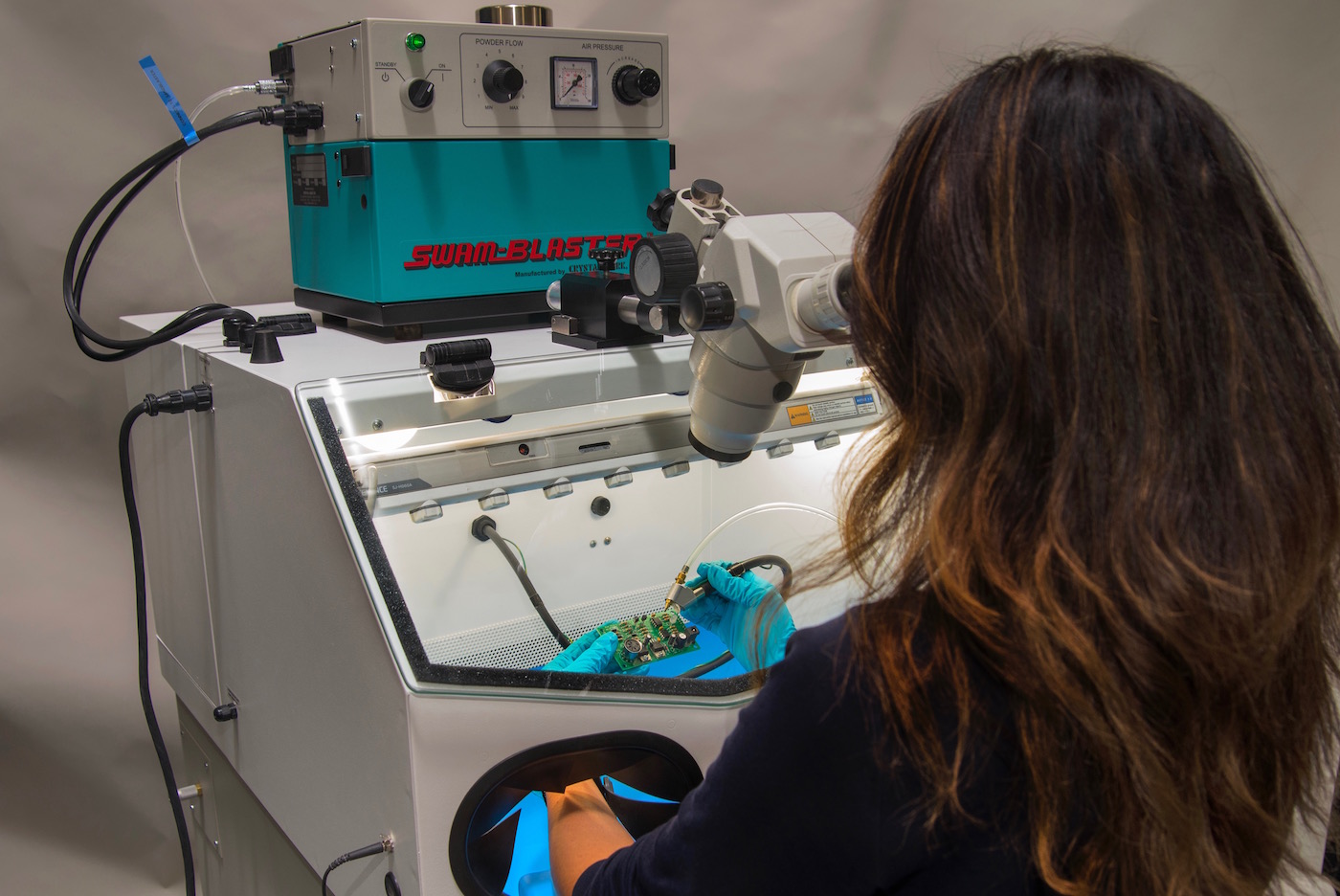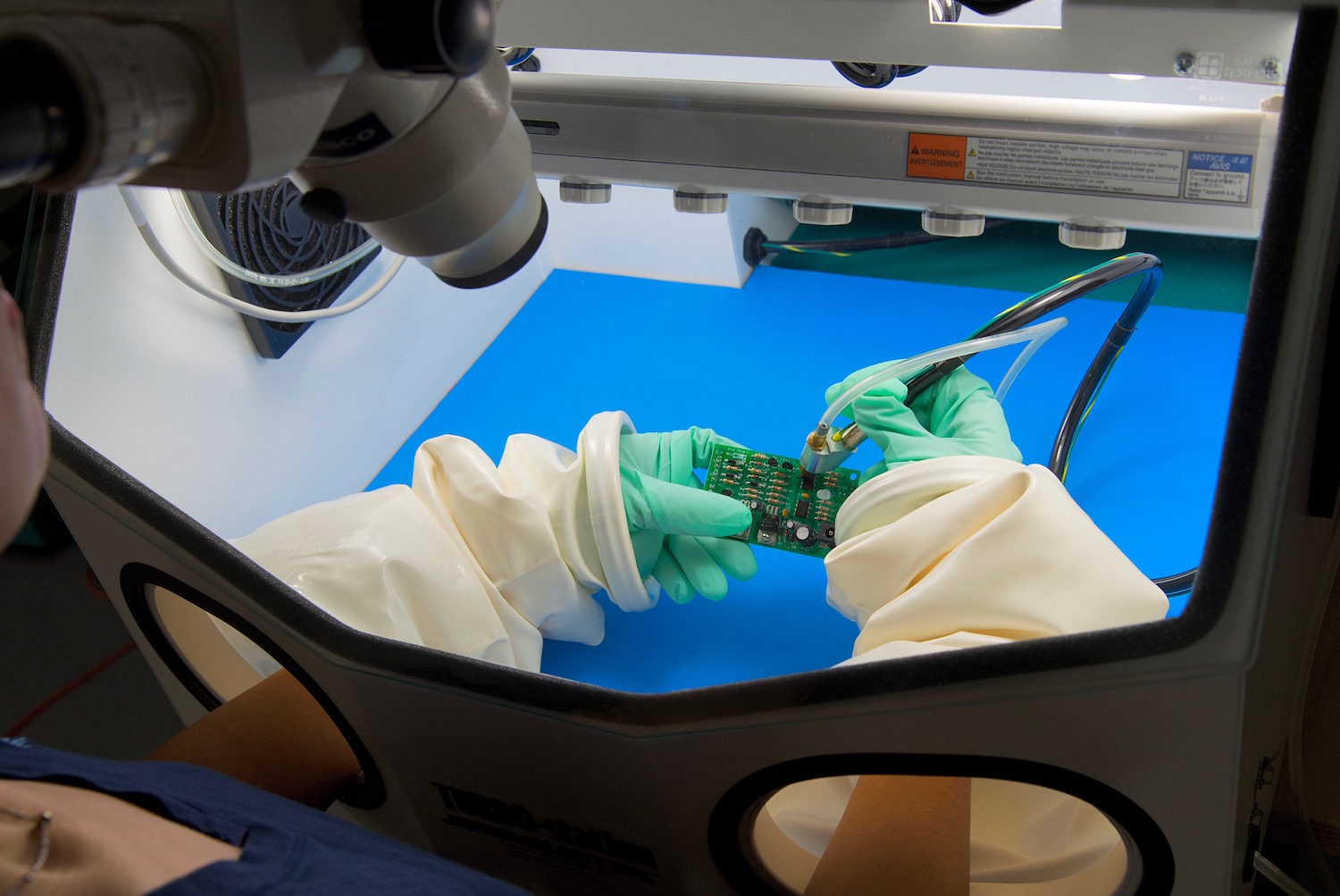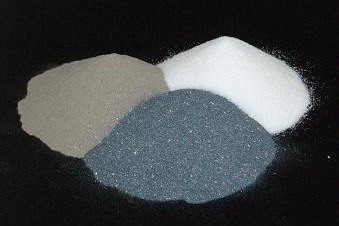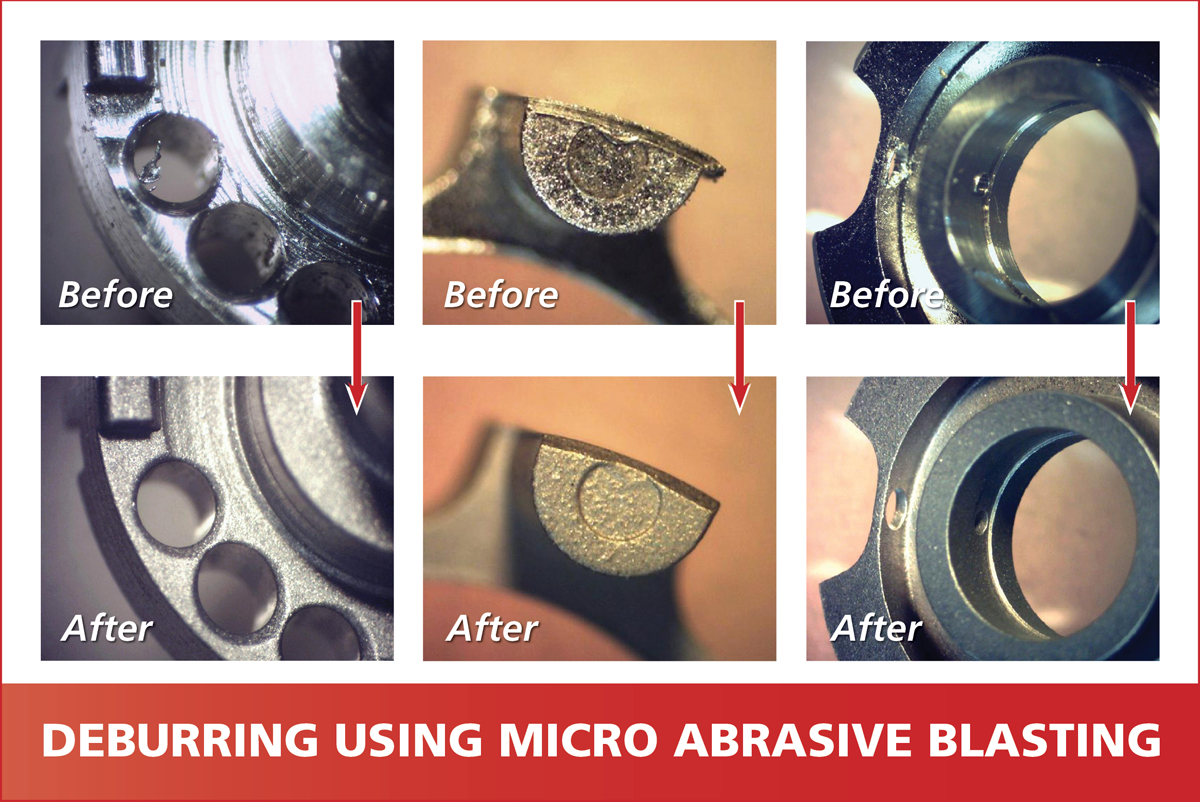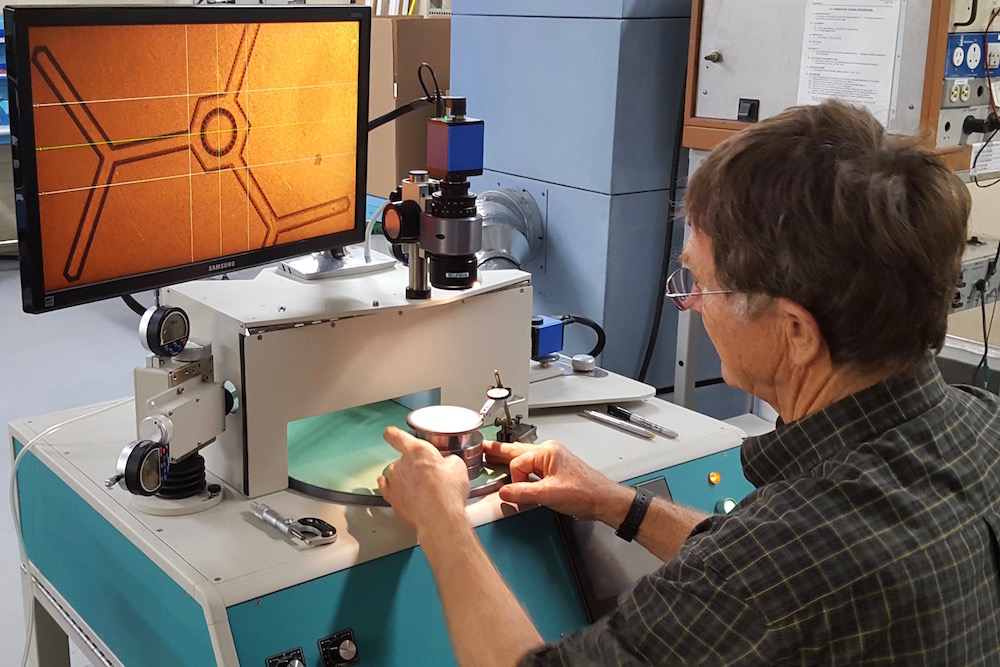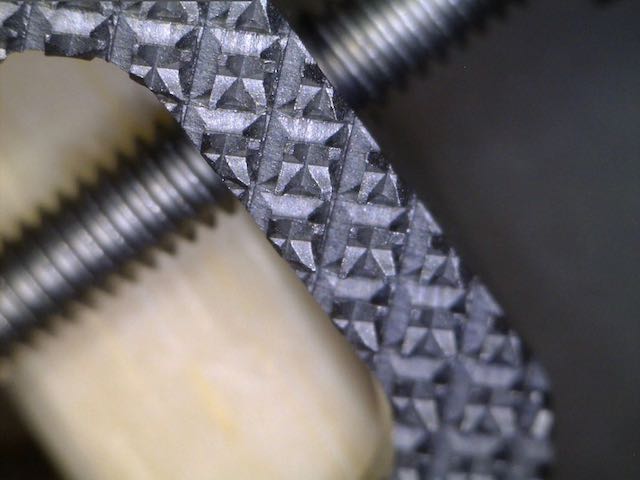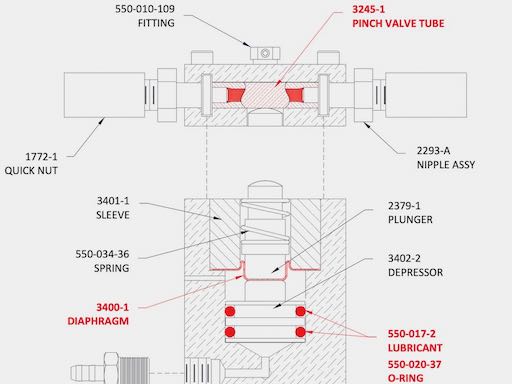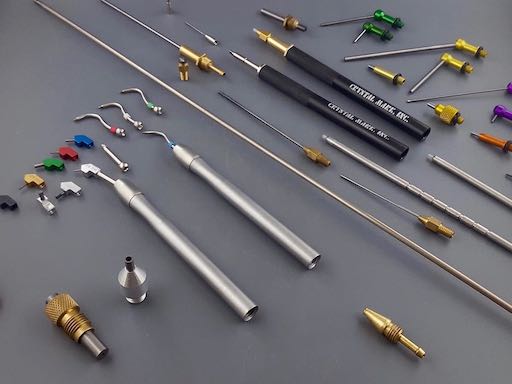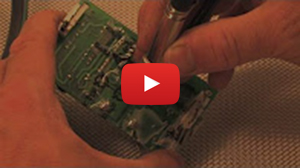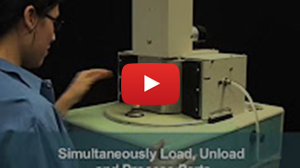Demolding
Applications for Crystal Mark SWAM-Blaster Micro Abrasive Units in polymer surface tension reduction
Case Study: Polycarbonate release from polished injection mold surfaces
Many plastic molded components made from Polycarbonate are designed to be transparent. This material, due to the inherent hardness and toughness, requires special tooling techniques to allow for ease of demolding.
For transparent parts requiring steel finishes of A-3 or higher the surface tension between the material and steel may cause stretching or breakage on ejection from the tool. Even with adequate drafting of the molding surfaces this condition can occur. This is more predominant in polycarbonate grades with increased lipid resistance and gamma sterilization properties.
To minimize adhesion at the part/steel interface #39 Glass Bead can be applied to the steel surface at low pressure and flow to create micro depressions. The depressions allow air to enter the part/steel interface immediately upon movement of the part during ejection. This allows the part to release freely without distortion.
Pressure, flow, and distance of the blasting nozzle from the workpiece are dependent on the properties of the selected steel. On hardened tool steels a pressure of 15 lbs., flow rate of 5, and distance of 4″ to 6” should be a starting point. The micro depressions will only be visible under high magnification and will not change the appearance of the molded piece part when applied correctly.
Observing the results of this procedure on part ejection, part quality, and increased part production is often dramatic. ROI on the micro abrasive blaster can be achieved in less than a month when processing materials which are hard to demold.
Phil Estrada – Vice President of Engineering, Trademark Plastics, Inc.
This company used our Model MV-2L SWAM-Blaster™ for this application.
CRYSTAL MARK, INC. SWAM-Blasters™ are the only micro blasters capable of feeding the micro abrasive media at extremely low pressure that is so critical to this application.

